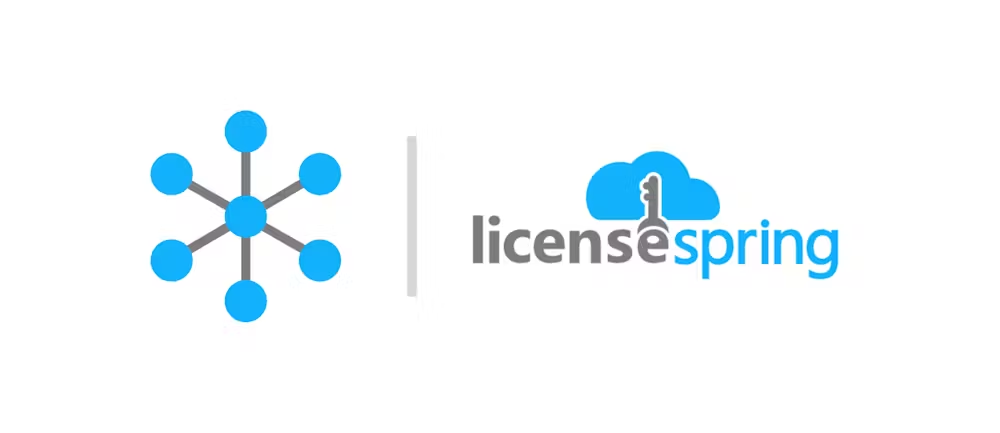
We are pleased to announce several major improvements to our license management service. This release includes an entirely new platform, major improvements to our SDKs, more flexibility in our license models, and an updated integration with Fastspring!


Some of our early users expressed interest in several improvements. Fueled by this feedback, we rebuilt our entire platform from the ground up. Some of the main changes include:
Data Model Expansion: Customer and order information is now part of our data model. Specifically, this means that license information can be tied back to the customer or the order.
Improved License Management: Easily configure the license model for your application. We currently support Perpetual, Time-based, and subscription models, which can be configured to include maintenance periods, feature-based licensing, and Software Upgrade management. More license models will be rolled out shortly.
New Interface: We made is easier to set up new products, configure new license models as well as issue new license keys, as well as edit and mange existing license keys.
We have rebuilt our SDKs to reflect the changes in our platform’s newest release. The latest versions of our SDKs include new versions for .NET, Swift/Objective-C and C++. They reflect many changes that now support the new license models, along with many performance, stability and exception handling improvements.
Download the latest SDKs from our Documentation
Licensing models currently supported include: Perpetual, Subscription, and Time-Limited. Optional license model configurations include the ability to configure feature-based licensing, maintenance periods, and upgrades.
Our initial integration with Fastspring was made a little over a year ago. Both Fastspring and LicenseSpring have evolved their offering and it made sense to rewrite most of this integration. We can now issue and dispatch feature-based licensing, maintenance plan extensions, and version upgrades through the Fastspring Contextual E-commerce platform, without needing to issue a new license key. Instead, the new entitlements are automatically assigned to the existing license key.
The platform update is a major shift from the previous version of LicenseSpring. It simplifies how publishers manage licenses with maintenance periods. Before, if a publisher wished to issue perpetual licenses for users who would have access to updates for one year, they needed to set a limited validity period, during which the application could check for updates. After the validity period expired, the developer would use the status of the key to allow the software to keep working, but would simply stop checking for updates..
Maintenance periods no longer work like this. Instead, license validity period is a separate concept to the license maintenance period. When checking the status of a license key, the SDK will now return different values for validity and for maintenance, offering more flexibility to software publishers.
Software License Management is crucial for software publishers who wish to monetize their applications. Many publishers face the decision of either building their software entitlementmanagement solution in-house, or using an external solution. While the first option may work for simple use-cases, managing software licensing well can become very challenging, especially for smaller publishers who would be distracted from working on their core product. Using a third-party licensing service can be appealing, as it may save developers a lot of time and headaches. However, most of the existing license management solutions are expensive and small publishers often cannot afford the high ticket prices which are often in the thousands of dollars per year.
LicenseSpring allows up and coming software publishers to easily implement a basic licensing solution in their application for free. Our free software licensing tier includes the most commonly used licensing models, such as trial, perpetual, time-based, and node-locked. Since LicenseSpring is in the cloud, there is no need to setup and maintain a unique licensing server. We are fully integrated with Fastspring, making it easy to generate, dispatch, and provide customer service for license keys through their e-commerce platform. As of right now, we also offer our APIs in order integrate with any ecommerce solution. The only restriction on the free tier are some co-branding requirements, as well as some usage limits. With LicenseSpring, you simply configure the product within our platform, add the SDK into your application, configure the license generation and dispatch service, and you’re all set. We have had users implement licensing within a few hours in their project.
We have many great features that we are working hard on implementing, such as better reporting, support for more development environments, as well as tools for software vendors to increase monetization of their applications. Stay tuned for upcoming announcements and guides!